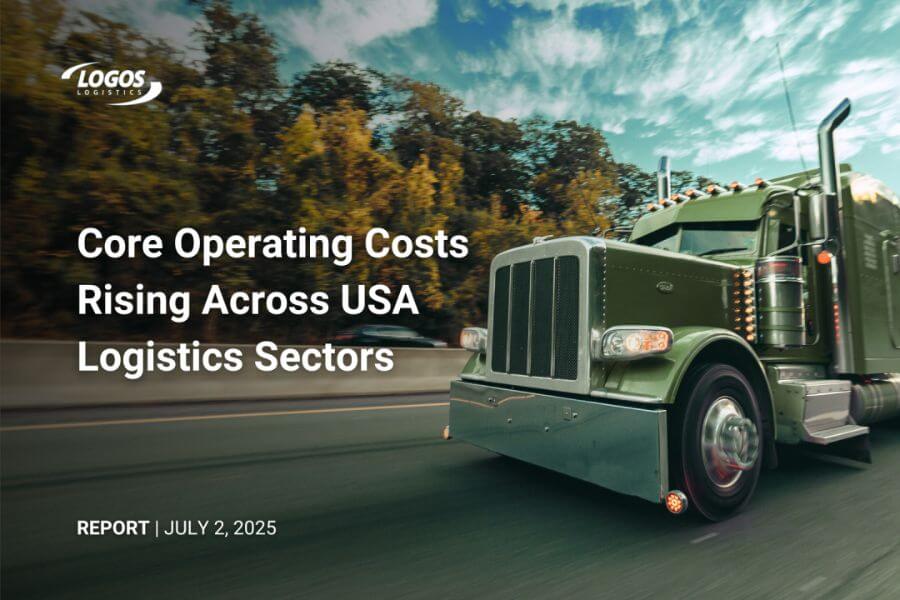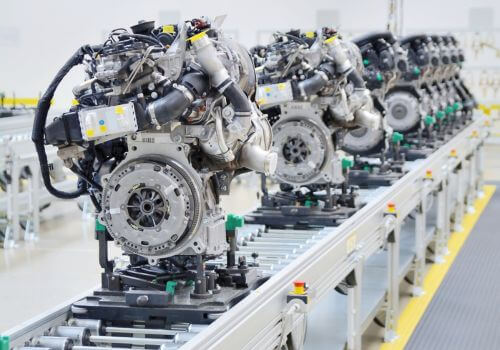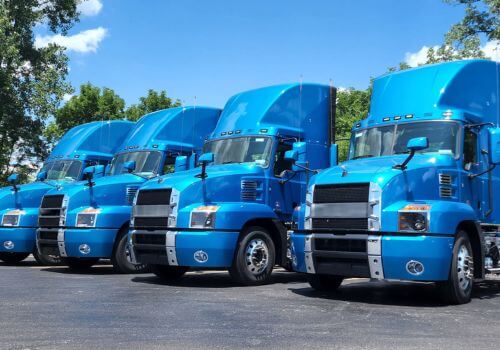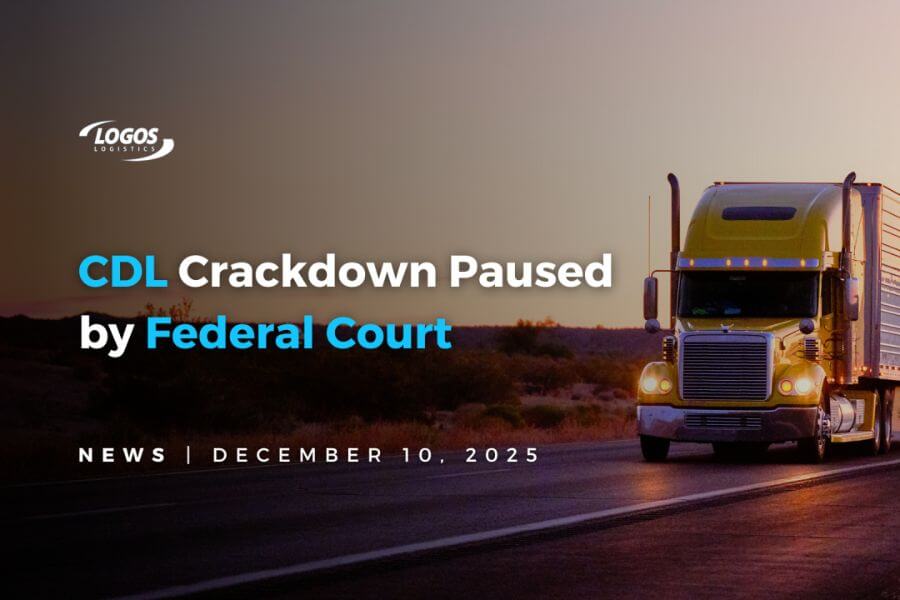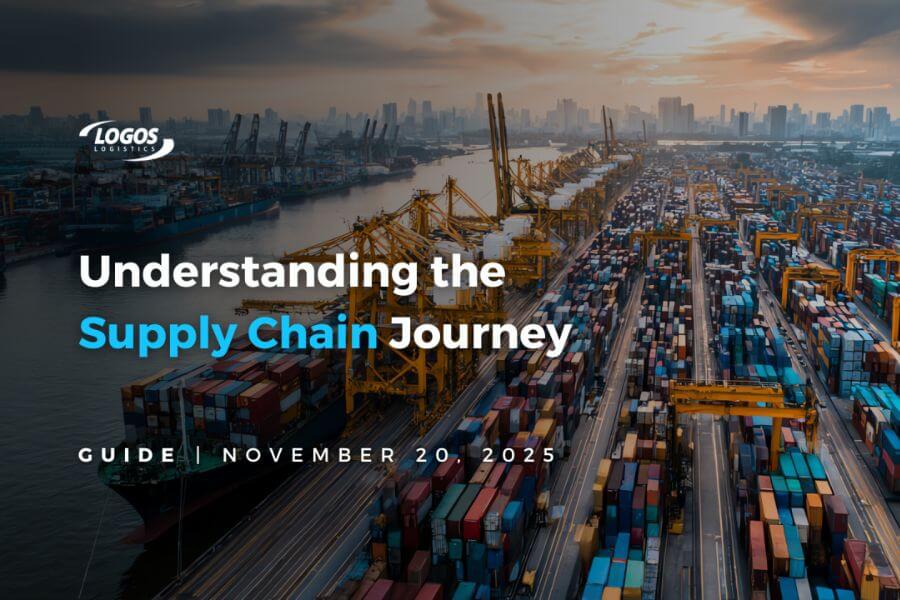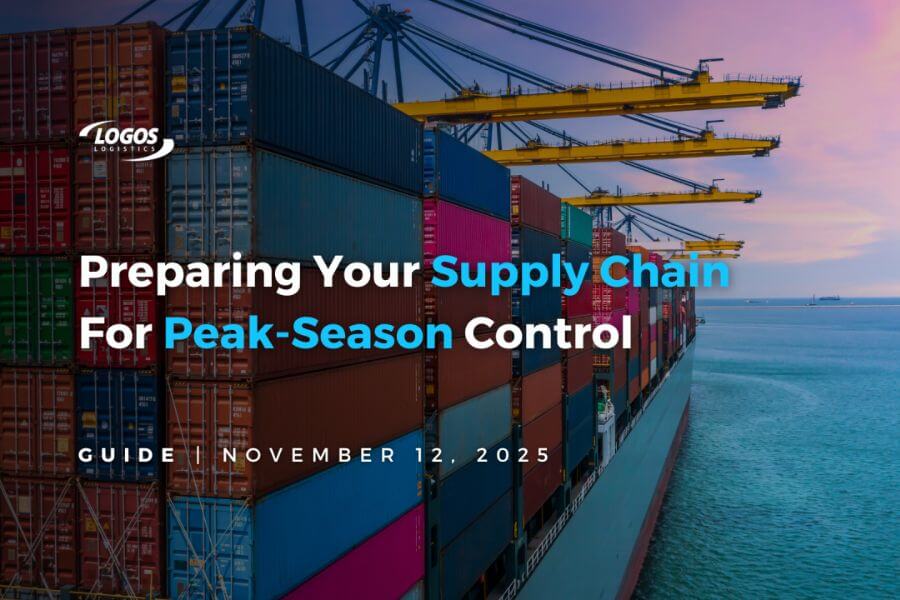The average cost of operating a truck saw a modest decline last year, according to a July 1 report from the American Transportation Research Institute (ATRI). However, when fuel savings are excluded, marginal operating costs climbed to record levels.
ATRI’s annual Analysis of the Operational Costs of Trucking revealed that the average per-mile cost to run a truck dropped by 0.4% year-over-year, landing at $2.260. Yet, excluding the impact of lower fuel prices, non-fuel marginal costs rose 3.6%, reaching a new high of $1.779 per mile.
Groendyke Transport CEO Greg Hodgen said, “The trucking industry is facing the most challenging freight market in years, with loads down and costs increasing. ATRI’s Operational Costs data and the customized benchmarking report that compares us to similar fleets are more critical than ever as we navigate rising costs and decreasing margins in this adverse environment.”
The report highlighted a mixed bag of cost trends across various expense categories. While spending on fuel, repairs, and maintenance declined, driver wages increased by 2.4%, although that remained 0.5 percentage points below the inflation rate. ATRI noted that rising driver wages have been the leading source of cost growth in the years since the COVID-19 pandemic.
Additional cost pressures came from rising truck and trailer payments, which surged 8.3% to an all-time high of 39 cents per mile. Driver benefits costs also climbed 4.8% to nearly 20 cents per mile. Meanwhile, carriers reduced non-driver staff by 6.8%.
The report also underscored a challenging profitability environment across the trucking industry. Most sectors posted average operating margins below 2%, with only less-than-truckload carriers faring better. A continued freight recession drove a 2.2% reduction in truck capacity, as companies sold off equipment. At the same time, empty miles increased to 16.7% on average, and the number of drivers per truck declined to 0.93, reflecting more trucks being taken off the road. According to ATRI, truckload carriers recorded an average operating margin of -2.3%.
Summarized
- The cost of operating trucks went down slightly overall last year, mainly because fuel was cheaper.
- However, if you take out the effect of lower fuel prices, the underlying costs of running a truck actually hit a record high.
- Costs like driver wages, truck/trailer payments, and benefits went up, even though things like fuel and maintenance became a bit cheaper.
- Driver wages increased, but not enough to keep up with inflation.
- Truck and trailer costs jumped significantly, and so did driver benefit expenses.
- Trucking companies cut back on non-driver staff to control costs.
- Profit margins were very low across the industry, with most sectors making less than 2% profit — and truckload carriers actually lost money.
- A freight recession (low demand for shipping) forced companies to sell trucks and park others, and the number of drivers per truck dropped.
- More trucks were running empty (without cargo), which adds inefficiency and cost.

